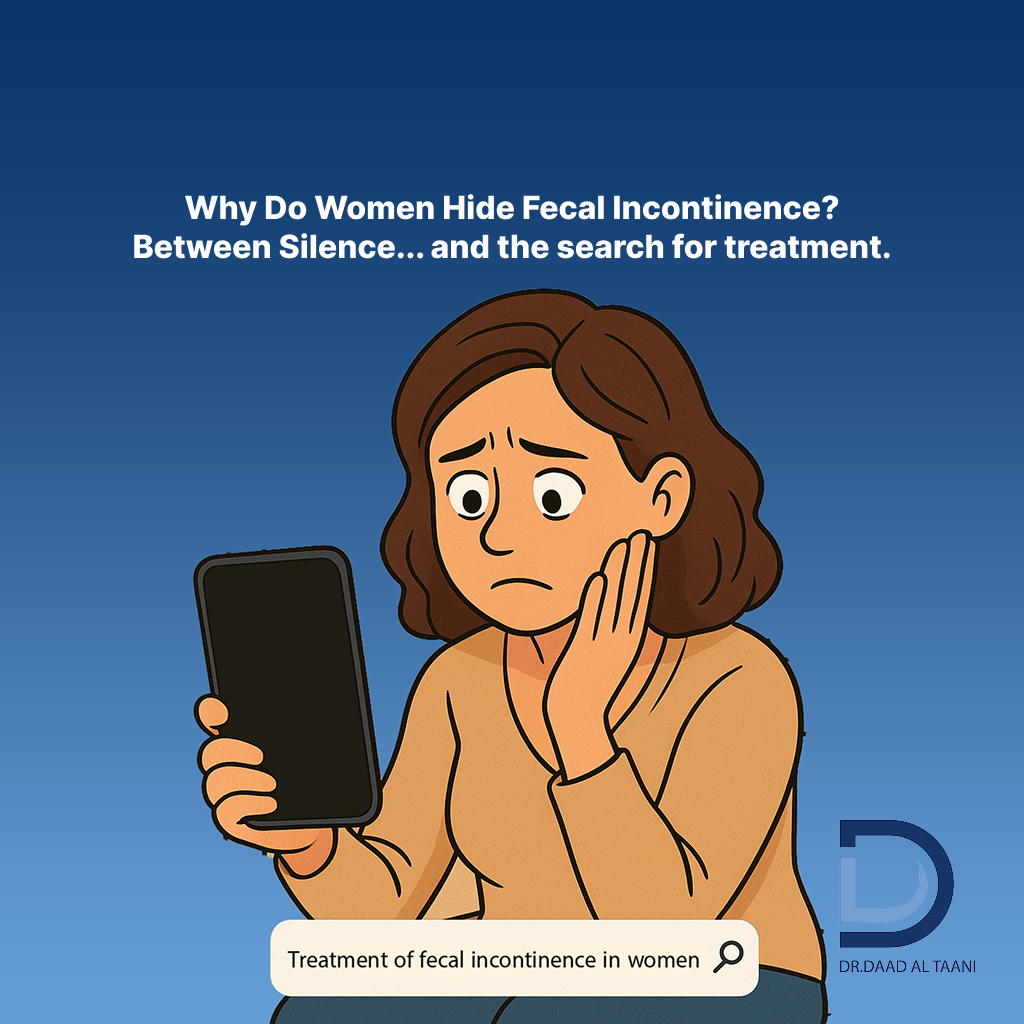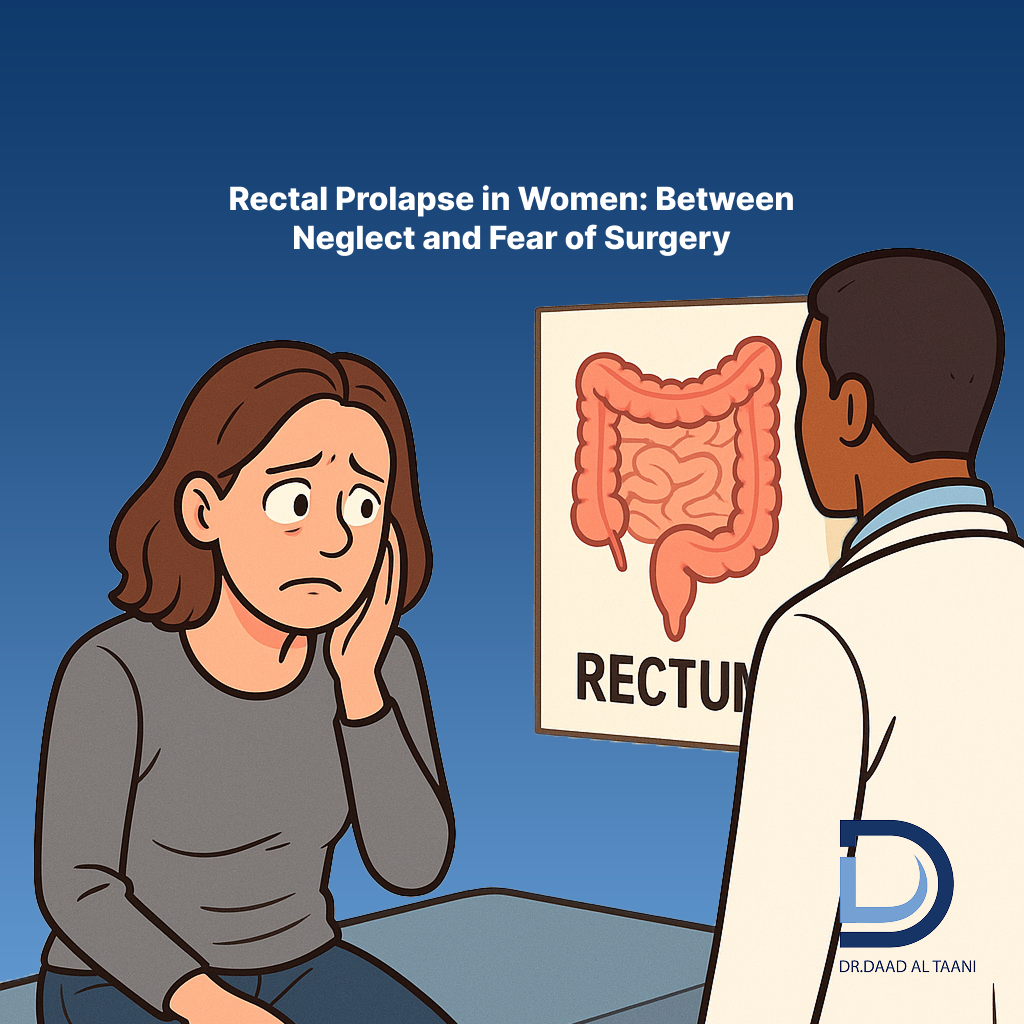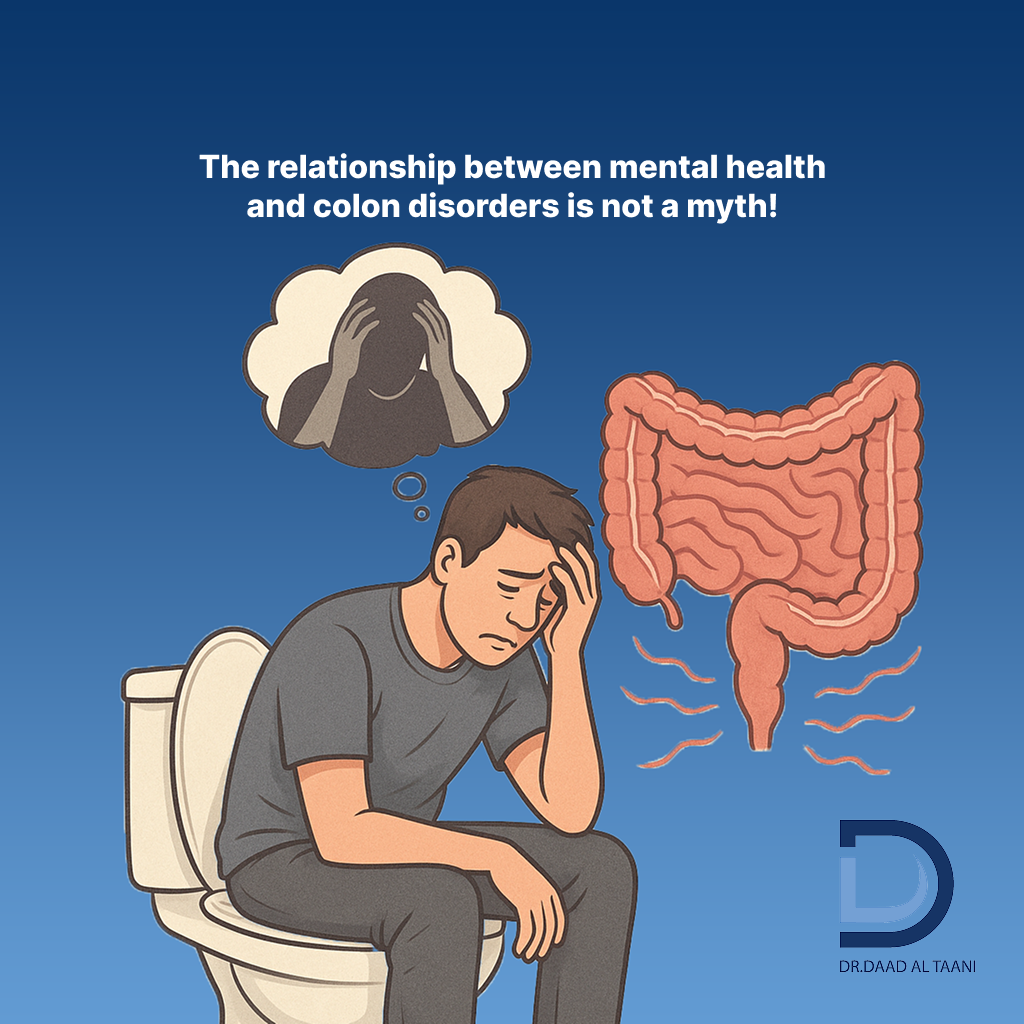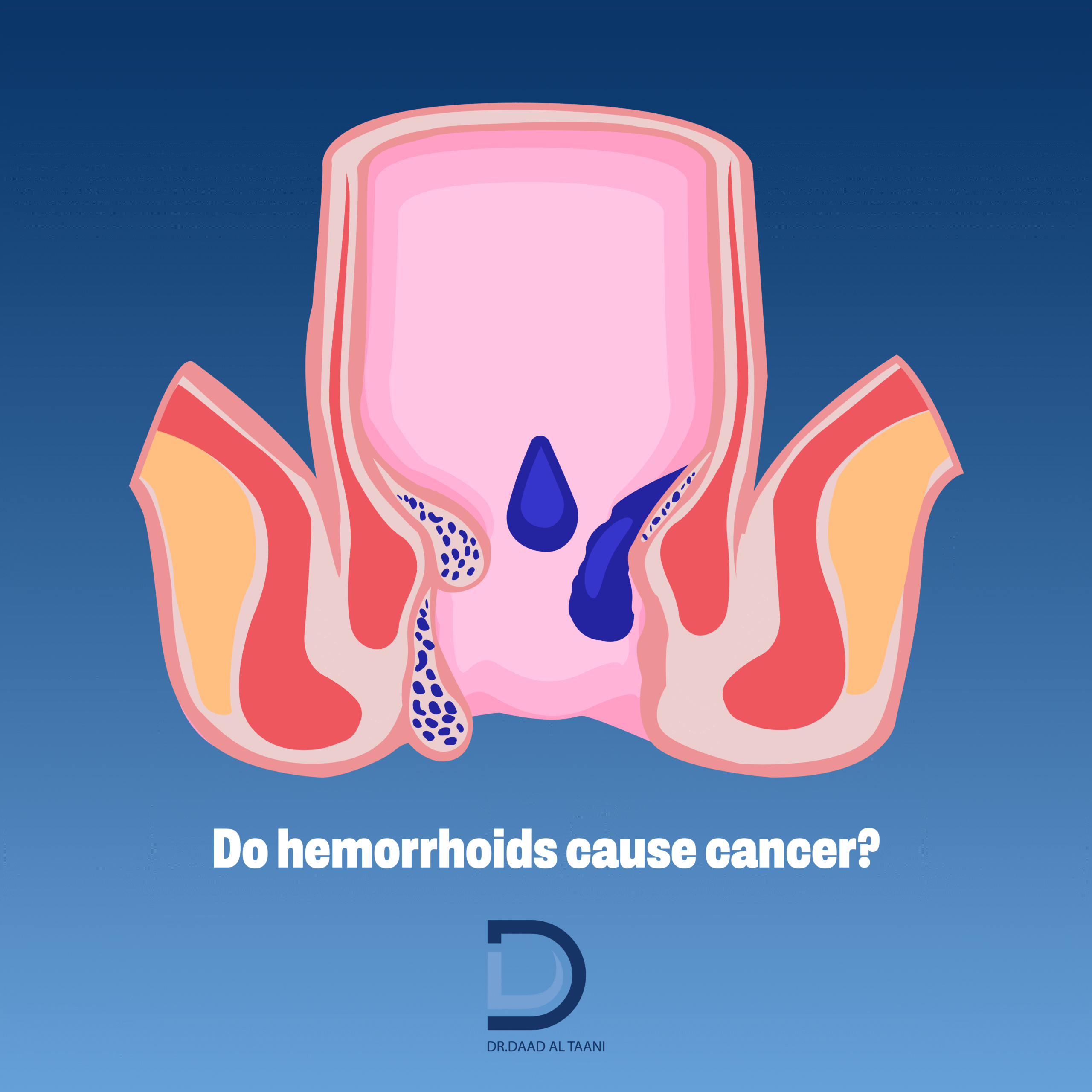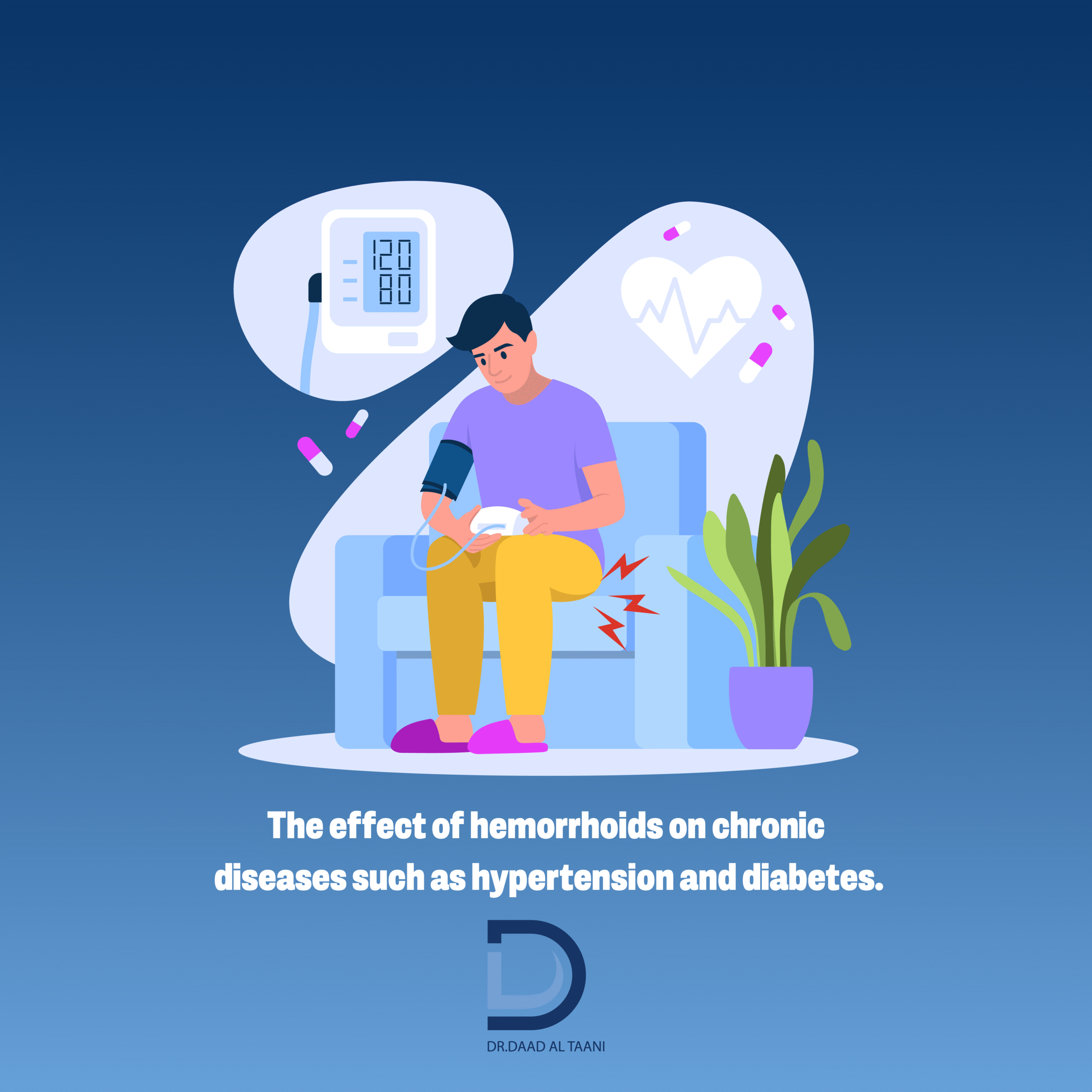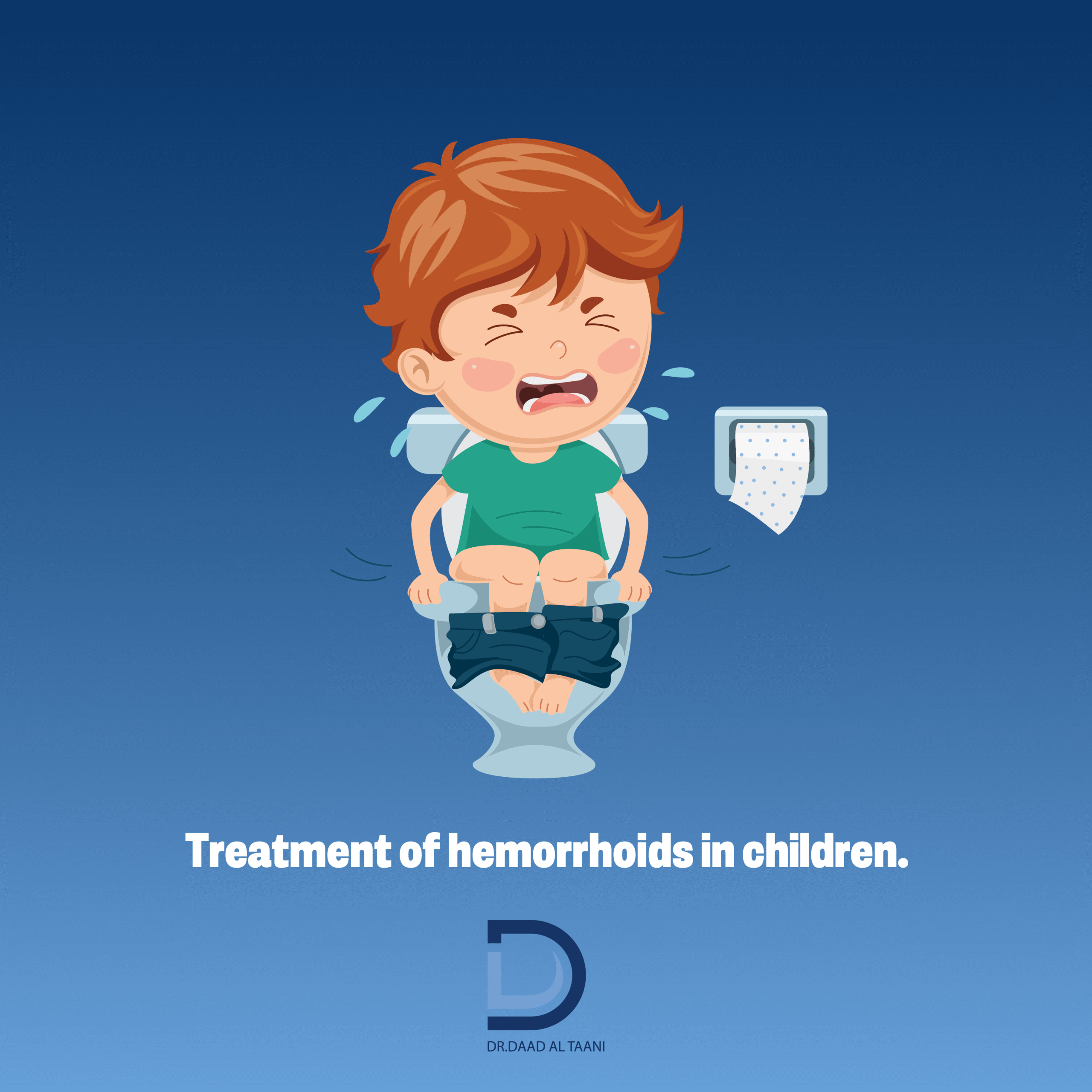An Overview of Hemorrhoids
Hemorrhoids, or swollen veins in the anal and rectal area, are among the most common health conditions affecting millions of people worldwide. Although they are typically not dangerous, they can lead to persistent discomfort and significantly affect an individual’s daily life. Therefore, understanding their causes and treatment options is essential for effective management.
Common Causes
There are several contributing factors that can lead to the development of this condition. For instance, chronic constipation, aging, pregnancy, and a lack of physical activity are all widely recognized causes. Additionally, individuals with a family history of hemorrhoids may be more prone to developing them. Meanwhile, prolonged sitting—either at work or during bowel movements—can further exacerbate the issue. As a consequence, those with sedentary routines are often more at risk.
Who Is at Risk?
This condition affects a broader range of people than many assume. In particular, while older adults are commonly affected, younger individuals can also suffer from hemorrhoids, especially if they follow poor dietary habits. Moreover, pregnant women are highly susceptible due to hormonal changes and increased pressure on the pelvic region. In contrast, those with an active lifestyle and a fiber-rich diet tend to have a lower risk. On the other hand, people with chronic illnesses like liver or heart disease should be especially cautious.
Symptoms and Impact
Hemorrhoids present a range of symptoms. These include pain, itching, and bleeding during bowel movements. In some cases, visible lumps or swelling may appear around the anus. As a result, some individuals may feel a constant urge to defecate even after using the toilet. Furthermore, discomfort may increase during long periods of sitting or physical strain. Although symptoms may vary in intensity, they often interfere with daily comfort and hygiene.
Are They Easy to Treat?
Fortunately, most cases respond well to proper care. Initially, conservative measures such as increasing fiber intake, drinking more water, and avoiding prolonged sitting can provide relief. However, if symptoms persist or worsen, medical treatments may become necessary. These include rubber band ligation, infrared coagulation, or more advanced options like laser therapy and radiofrequency ablation. In some cases, surgical procedures might be the most effective solution. Overall, early intervention usually leads to better outcomes and faster recovery.
To follow Dr. Daad Al-Taani’s interviews, please visit our YouTube channel



